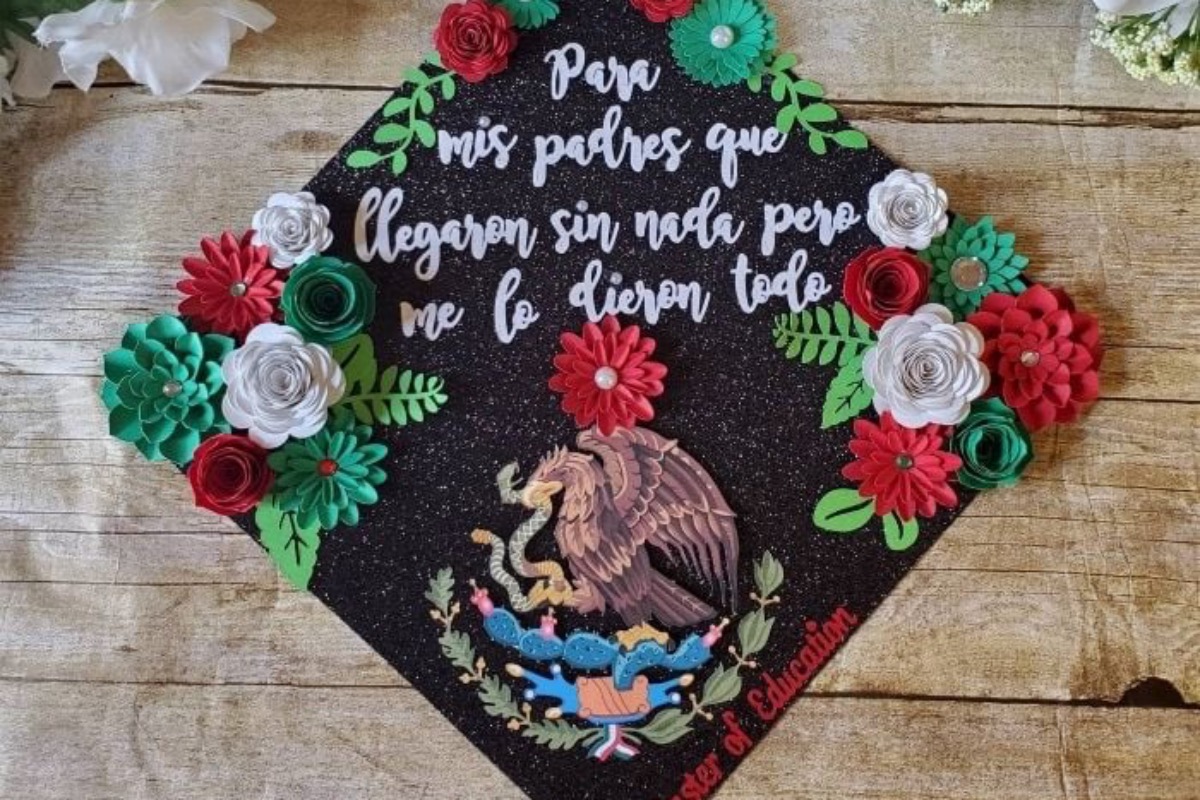President Biden recently signed an executive order creating a new White House initiative intended to address and advance educational equity, excellence, and economic opportunity for Latinx communities. To achieve its intended outcomes, the order has identified 12 policy goals, including one that aims at “enhancing student support services and fostering positive engagement among schools, families, community leaders, and community-based organizations.”
But what does positive engagement look like at colleges and universities that continue to view Latinx students through a deficit lens?
Tagged as “at-risk,” “underrepresented minorities,” and “remedial” by college administrators, professors, and staff members, Latinx students will often internalize these negative labels and stereotypes about their academic potential making it difficult for them to feel like they belong or fit in. And when Latinx students, specifically those who identify as first-generation, don’t feel a sense of connection or belonging, they are more likely to drop out of college.
To add insult to injury, the COVID-19 pandemic has disproportionately impacted the Latinx community in more ways than one. Latinx undergraduates are not just struggling to feel connected; they are finding it extremely difficult to remain motivated and focused in remote learning environments.
Recent research by the National Student Clearinghouse highlights the dramatic decline in Latinx undergraduate enrollment (-1.9 percent in Spring 2021 at public four-year colleges) compared to the pre-pandemic days when Latinx undergraduate enrollment was steadily increasing by 2.1 percent year after year.
So how can colleges and universities enhance student support services and foster positive engagement among schools, families, community leaders, and community-based organizations?
I offer three intentional, research-based, and innovative movidas (strategic practices). Universities and colleges must:
- Challenge the pervasive deficit perspectives they hold about Latinx students and their families by explicitly utilizing assets-based approaches to working with and for Latinx students and their families
- Shift their individualistic culture into a collectivist one where parents and families are welcomed, included, embraced, engaged, and supported
- Leverage Latinx students’ familial capital by employing the experts: their mamás, papás, tíos and tías — including the next-door neighbors whom students have called “tía” or “tío” all their lives— and the madrinas and padrinos (godmothers and godfathers), who are the most underutilized resource in the quest for Latinx student success, to lead and manage an on-campus student and family support resource center.
Securing the funds for a new resource center and the hiring of parent/family staff positions in the midst of hiring freezes and budget cuts to public education sounds unrealistic, but are we willing, prepared, and emotionally available to revive our American economy after it collapses due to a lack of Latino college graduates and workers?
Having worked in the University of California and California State University systems for 16 years and holding various academic and student affairs positions, including program coordinator of a Latinx/Chicanx resource center, academic advisor, and most recently, the inaugural program director of a newly established Chicanx/Latinx Student Success Center at San José State University, I have met with thousands of Latinx students and have listened to their stories, stories about their family, parents, struggles, and achievements.
But what has stood out most for me about these narratives is the undeniable power of their family dichos, the sayings or proverbs that have been passed down and repeated across generations. When students share with me that they are feeling unmotivated and distracted, I ask them: If we were sitting at the kitchen table of your parents’ or family members’ house, and you shared how you were feeling about school, how would they respond?
Common responses include:
“Ponte las pilas.” (Literally “put on the batteries,” but more like the English saying “roll up your sleeves.”)
“Échale ganas.” (“Put effort into it.”)
“Todo llega a su tiempo.” (“Everything comes at its own time.”)
These cultural assets, including the many ways of being and knowing that Latinx students bring with them from their homes and communities to college, boost their persistence, retention, and ultimately lead to their graduation. Just Google images of “Latinx student college graduation” and you’ll find decorated caps with messages written in Spanish that honor Latinx students’ parents, families, and their Latin American heritage.
Latinx students, parents, and families have sacrificed so much to achieve the American dream, and yet, have received little in return. Timely, intentional, strategic, and innovative movidas are necessary if colleges and universities are to address and advance educational equity, excellence, and economic opportunity for Latinx communities.
***
Lilly Pinedo Gangai is the inaugural Program Director of the Chicanx/Latinx Student Success Center at San José State University and a Public Voices Fellow with The OpEd Project.



